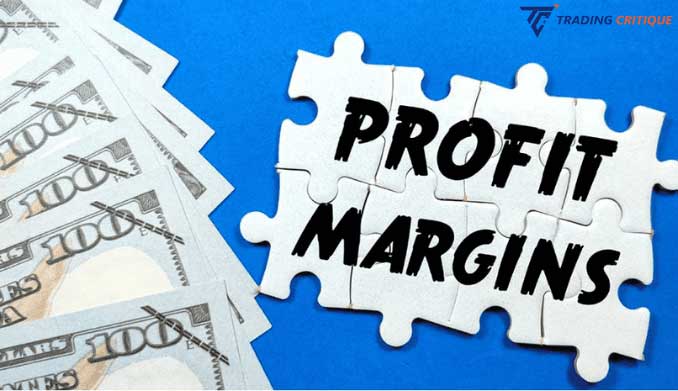
8 Best Ways to Minimize Risk in Stocks Investing (2024)
Stocks represent ownership in a company. When you buy stocks, you’re buying a piece of that company. This can give you voting rights, potential dividends, and the chance for your investment to grow if the company does well.










